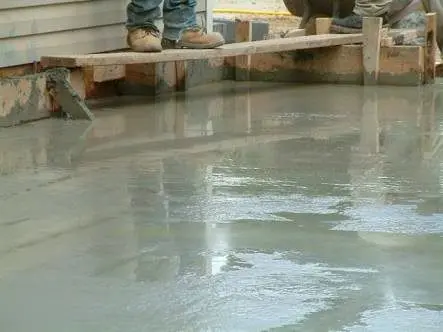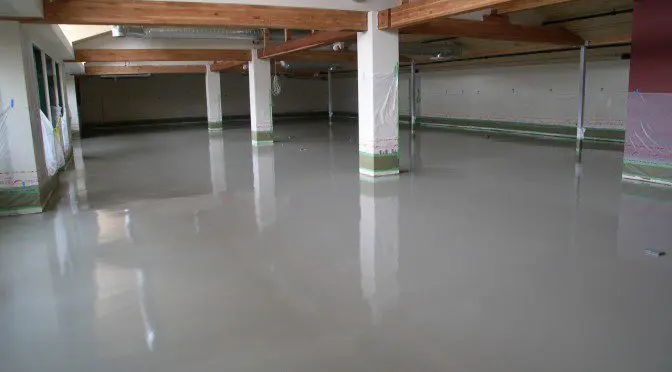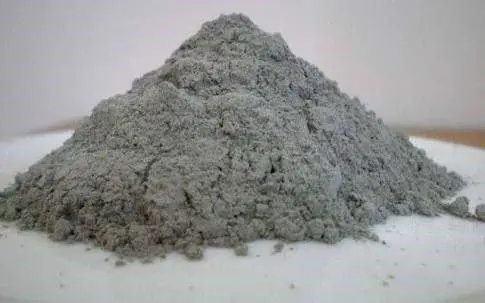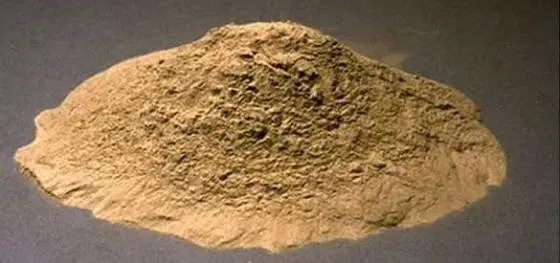Concrete is a mixture of cement, fine aggregates and course aggregates. Number of problems can occur in concrete due to improper mixing, curing and placing, one such problem is “bleeding” in concrete.
BLEEDING in concrete is a phenomenon in which free water in the mix rises up to the surface and forms a paste of cement on the surface known as “laitance” .
Bleeding occurs in concrete when course aggregates tends to settle down and free water rises up to the surface. This upward movement of water while traversing from bottom to top, makes continuous channels. If the water cement ratio used is 0.6 or more, the bleeding channel will remain continues. This continuous bleeding channels are often responsible for permeability in the structure. In the process of upward movement, the water gets accumulated below the aggregates and creates water voids and reduces the bond between the aggregates and paste. Similarly, the water that accumulates below the reinforcing bars reduces the bond between the reinforcement and concrete. Process of bleeding is a normal phenomena if it is at normal rate but can create weakening of bond if occurs at high rate. Bleeding is a type of segragation, in which water comes out of concrete.

Causes of Bleeding in Concrete
Segregation is the cause of bleeding in the concrete mix. Segregation is the phenomena in which heavy aggregate particles settles down, due to settling of heavy particles, water rises up to the surface and forms a layer. This upward movement of water also carries fine particles of cement with it. The top surface of slabs and pavements will not have good wearing quality.
Bleeding will be more frequent on the surface of concrete, when water to cement ratio is higher. The type of cement used, quantity of fine aggregate also plays a key role in rate of bleeding.
Effects of Bleeding
- Due to bleeding concrete loses its homogeneity.
- Bleeding is responsible for causing permeability in concrete.
- As far as safety is concerned, water that accumulates below the reinforcing bars, reduces the bond between the reinforcement and concrete.
- In the process of bleeding the accumulation of water creates a water voids and reduces bond between the aggregate and cement paste.
- Due to bleeding pumping ability of concrete is reduced.
- Increase in the water-cement ratio at the top.
- The accumulation of water at the top, results in delayed surface finishing.

The bleeding is not completely harmful if the rate of evaporation of water is equal to the rate of bleeding. Normal bleeding is quite good for properties of concrete as it enhances the workability of concrete. Bleeding replaces the water lost by evaporation and prevents the surface from drying quickly before it has attained sufficient strength to resist cracking.
Early bleeding when the concrete mass is fully plastic, may not cause much harm, because concrete being in a fully plastic condition, will get subsided and compacted. It is the delayed bleeding, when the concrete has lost its plasticity, which causes undue harm to the concrete. Controlled re-vibration may also be adopted to overcome the effect of bleeding.
Methods of Reducing Bleeding
1) Add minimum water content in the concrete mix, use chemical admixtures to reduce demand to water for a required workability.
2) Design the concrete mix properly.
3) Use fly ash or other supplementary cementitious materials.

4) Using air entraining admixtures is very effective in reducing the bleeding.
5) Add more cement in the mix.
6) Increase the amount of fine aggregate if sand is coarser (fineness modulus of 2.5 to 2.8 best suited) in mix and reduce aggregate proportionally.

Proper measures should be taken during preparation of mix and method of mixing to reduce bleeding as it might result in weak structure and a delay in construction cycle.





